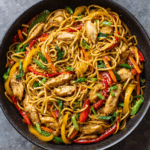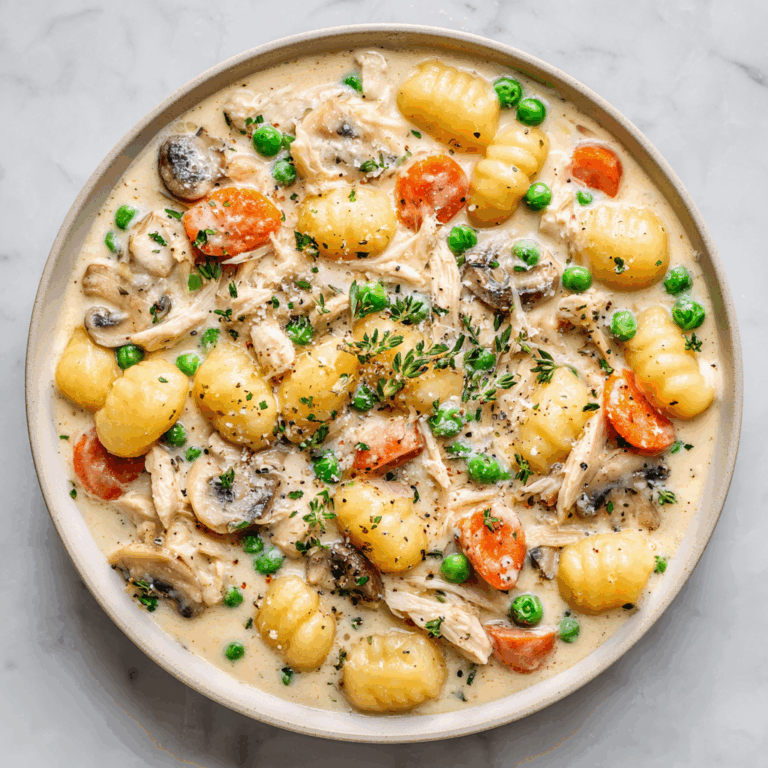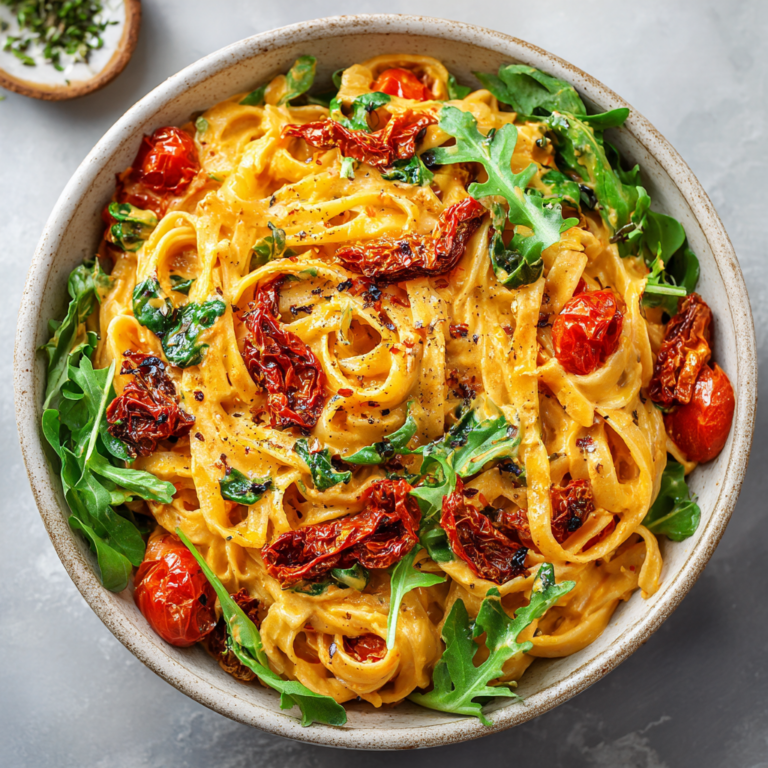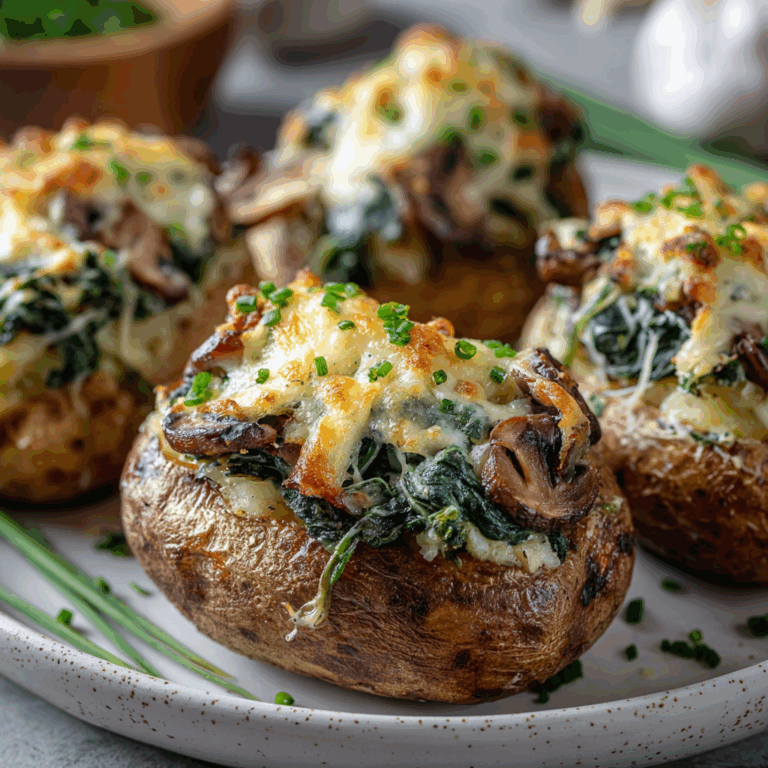Your Ultimate Chicken Lo Mein Recipe: A Takeout Fakeout Masterpiece
There’s a certain magic to the perfect plate of Chicken Lo Mein. It’s the comforting embrace of chewy noodles, the savory and slightly sweet sauce clinging to every strand, the tender bites of marinated chicken, and the vibrant crunch of fresh vegetables all working in perfect harmony. For many of us, it’s a quintessential takeout order, but what if I told you that creating an authentic-tasting, and arguably even better, version at home is not only possible but surprisingly simple?
This comprehensive guide to our ultimate Chicken Lo Mein Recipe will walk you through every step, from selecting the right ingredients to unlocking the secrets of a flawless stir-fry sauce. Forget waiting for delivery; in about 30 minutes, you can have a restaurant-quality meal sizzling on your own dinner table. This recipe is designed to be a foundational blueprint—easy to follow for a weeknight win but also customizable to become your new family favorite.
Why This Chicken Lo Mein Recipe is a Game-Changer
Before we dive into the ingredients and instructions, let’s talk about why this particular Chicken Lo Mein Recipe stands out. Many home versions fall flat because the sauce is too thin, the noodles are mushy, or the flavors lack depth. This recipe addresses all those common pitfalls.
-
The “Velveting” Secret for the Chicken: We’ll use a simple Chinese cooking technique called velveting, which involves marinating the chicken in a cornstarch and soy sauce mixture. This creates a protective layer that keeps the chicken incredibly tender and juicy during the high-heat stir-fry process.
-
A Sauce with Soul: Our sauce isn’t just soy sauce. It’s a carefully balanced blend of salty, sweet, and umami-rich ingredients that coats the noodles beautifully, delivering that classic lo mein flavor in every single bite.
-
The Perfect “Al Dente” Noodle: We’ll cover exactly how to cook and handle your lo mein noodles to prevent them from becoming a sticky, overcooked mess. The goal is a satisfyingly chewy texture that holds its own against the other components.
-
Customization is Key: This Chicken Lo Mein Recipe is your canvas. I’ll provide a list of suggested vegetable additions and protein swaps so you can clean out the fridge or cater to different dietary needs.
Deconstructing Lo Mein: Noodles, Sauce, and Technique
Understanding the components of a dish is the first step to mastering it. “Lo Mein” (捞面) translates from Cantonese to “tossed noodles.” Unlike its cousin Chow Mein, where noodles are often crisped, Lo Mein is all about soft, par-cooked noodles being tossed with pre-cooked ingredients and a savory sauce. The magic is in the toss!
The Heart of the Dish: Choosing Your Noodles
The foundation of any great Chicken Lo Mein Recipe is, of course, the noodles. While you can use various types, here’s a breakdown of your best options:
-
Fresh Lo Mein Noodles: These are the gold standard. You can typically find them in the refrigerated section of Asian grocery stores. They have a wonderful springy texture and cook in just a minute or two.
-
Dried Lo Mein Noodles or Hong Kong Noodles (Pan-Fried Noodles): These are an excellent and widely available alternative. They look like thick, round spaghetti and have the perfect chewiness for this dish.
-
Spaghetti or Linguine (The Pantry Stand-in): In a pinch, these Italian pasta varieties can work! They aren’t perfect, but their texture is closer to lo mein noodles than thin, delicate Asian noodles like rice vermicelli. Cook them al dente for the best results.
The Flavor Foundation: Crafting the Perfect Sauce
The sauce is what separates a mediocre lo mein from an extraordinary one. Our sauce for this Chicken Lo Mein Recipe is a balanced symphony of flavors. We move beyond just soy sauce to create a complex, glossy coating.
The key ingredients are:
-
Soy Sauce: Provides the salty, umami base. We use low-sodium to control the salt level.
-
Oyster Sauce: This is the non-negotiable secret weapon. It adds a rich, savory depth and a touch of natural sweetness. (For a vegetarian version, use vegetarian oyster sauce).
-
Toasted Sesame Oil: Added at the end for maximum aroma, it gives that unmistakable nutty fragrance.
-
Aromatics: Fresh garlic and ginger are essential for building the aromatic base of the dish.
-
A Touch of Sweetness: A little sugar or honey balances the saltiness and helps the sauce caramelize slightly.
Chicken Lo Mein Recipe: Your Step-by-Step Guide
This recipe yields 4 generous servings and comes together in about 35 minutes, making it perfect for a busy weeknight.
Ingredients
For the Chicken and Marinade:
-
1 lb boneless, skinless chicken breasts or thighs, cut into thin, bite-sized strips
-
1 tablespoon low-sodium soy sauce
-
1 teaspoon cornstarch
For the Lo Mein Sauce:
-
1/3 cup low-sodium soy sauce
-
2 tablespoons oyster sauce
-
1 tablespoon hoisin sauce (optional, but adds great depth)
-
1 teaspoon sugar or honey
-
1/4 cup chicken broth or water
-
1 teaspoon cornstarch
For the Stir-Fry:
-
8-10 ounces fresh or dried lo mein noodles
-
2 tablespoons vegetable or canola oil, divided
-
3 cloves garlic, minced
-
1 teaspoon fresh ginger, grated
-
1 medium red bell pepper, thinly sliced
-
1 medium yellow or orange bell pepper, thinly sliced
-
2 medium carrots, julienned or thinly sliced
-
1 cup shredded green cabbage or snap peas
-
3-4 green onions, sliced (white and green parts separated)
-
1 tablespoon toasted sesame oil (for finishing)
Instructions
Step 1: Prepare the Components (Mise en Place)
Stir-frying is a fast process, so having everything prepared and within arm’s reach is crucial. This is the most important step in any successful Chicken Lo Mein Recipe.
-
Marinate the Chicken: In a medium bowl, combine the thinly sliced chicken with 1 tablespoon of soy sauce and 1 teaspoon of cornstarch. Mix well until every piece is coated. Let it sit for at least 15 minutes while you prep the other ingredients.
-
Make the Sauce: In a small bowl or a liquid measuring cup, whisk together all the ingredients for the lo mein sauce: 1/3 cup soy sauce, oyster sauce, hoisin sauce, sugar, chicken broth, and 1 teaspoon of cornstarch. Whisk until the cornstarch is fully dissolved. Set aside.
-
Prep the Veggies: Thinly slice the bell peppers, julienne the carrots, shred the cabbage, and slice the green onions, keeping the white and green parts separate. Mince the garlic and grate the ginger.
-
Cook the Noodles: Cook your noodles according to the package directions until they are just al dente (they will cook more in the wok). Drain immediately and rinse with cold water to stop the cooking process and prevent sticking. Toss with a tiny bit of oil if needed. Set aside.
Step 2: The Stir-Fry Dance
Now for the fun part! This process is quick, so stay focused.
-
Cook the Chicken: Heat a large wok or a heavy-bottomed skillet over medium-high heat until it’s very hot. Add 1 tablespoon of vegetable oil and swirl to coat. Add the marinated chicken in a single layer and let it sear for 1-2 minutes without moving. Then, stir-fry for 3-4 more minutes until cooked through and slightly browned. Remove the chicken from the wok and set it aside on a clean plate.
-
Sauté the Aromatics: Return the wok to the heat. Add the remaining 1 tablespoon of vegetable oil. Immediately add the white parts of the green onions, minced garlic, and grated ginger. Stir-fry for just 30-60 seconds until incredibly fragrant—be careful not to burn it!
-
Stir-Fry the Vegetables: Add the harder vegetables first: the carrots and bell peppers. Stir-fry for 2 minutes until they just begin to soften. Then, add the cabbage or snap peas and stir-fry for another 1-2 minutes. The vegetables should be tender-crisp, not soggy.
Step 3: The Grand Finale – Bringing It All Together
-
Combine and Sauce: Return the cooked chicken to the wok with the vegetables. Add the cooked, drained noodles. Give your prepared sauce a quick re-whisk (the cornstarch may have settled) and pour it over everything.
-
Toss to Coat: Using a pair of tongs or two large spoons, quickly and gently toss everything together. Continue tossing for 1-2 minutes. The sauce will begin to thicken from the cornstarch and coat every single ingredient in a beautiful, glossy glaze.
-
Finish and Serve: Turn off the heat. Drizzle the entire dish with the 1 tablespoon of toasted sesame oil and add the green parts of the green onions. Give it one final toss. Taste and adjust seasoning if needed.
Serve your magnificent homemade Chicken Lo Mein immediately, while it’s piping hot and glorious.
Customizing Your Chicken Lo Mein Recipe
The beauty of this Chicken Lo Mein Recipe is its versatility. Here are some ideas to make it your own:
-
Protein Swaps: Try thinly sliced beef (like flank steak), shrimp, pork tenderloin, or firm tofu. Marinate using the same method as the chicken.
-
Vegetable Variations: Don’t limit yourself! Great additions include broccoli florets, baby corn, water chestnuts, bamboo shoots, mushrooms (shiitake are fantastic), or bean sprouts (add these at the very end).
-
Spice it Up: Add a teaspoon of chili garlic sauce or Sriracha to the sauce mixture, or garnish with red pepper flakes.
-
Make it Gluten-Free: Use tamari or a certified gluten-free soy sauce and ensure your oyster sauce is gluten-free (or use a GF alternative).
Your Ultimate Chicken Lo Mein Recipe: A Takeout Fakeout Masterpiece
Experience the savory, comforting flavors of this Chicken Lo Mein! Tender, marinated chicken is stir-fried with colorful vegetables and chewy lo mein noodles, all tossed in a savory sauce that perfectly captures the essence of Chinese cuisine. Quick and easy to make, this dish is perfect for weeknight dinners or special occasions, and you can easily customize it with your favorite vegetables or proteins.
Ingredients
-
3–4 boneless, skinless chicken breasts
-
Lo Mein noodles (fresh or dried, enough for 4 servings)
-
1 red bell pepper, sliced
-
1 yellow bell pepper, sliced
-
2 carrots, thinly sliced
-
2 green onions, chopped
-
¼ cup low-sodium soy sauce
-
1 tbsp sesame oil
-
3 cloves garlic, minced
Instructions
-
Prepare Ingredients:
Chop all vegetables into bite-sized pieces. Cook lo mein noodles according to package instructions until al dente; drain and set aside. -
Cook Chicken:
Heat a large skillet or wok over medium-high heat. Add oil and sauté the chicken until golden brown and fully cooked, about 6–8 minutes. Remove from skillet and set aside. -
Stir-Fry Vegetables:
In the same skillet, stir-fry bell peppers, carrots, and green onions until tender-crisp, about 3–4 minutes. -
Combine and Toss:
Return the chicken to the skillet. Add cooked noodles, soy sauce, sesame oil, and minced garlic. Toss everything together until well combined and heated through. -
Serve:
Serve hot with extra soy sauce if desired.
Notes
-
Marinate the chicken: For deeper flavor, marinate chicken in soy sauce and garlic for at least an hour.
-
Customize veggies: Broccoli, snap peas, mushrooms, or baby corn work beautifully.
-
Alternative proteins: Swap chicken for beef, shrimp, or tofu for variety.
-
Noodle tip: If using dried noodles, avoid overcooking—they’ll finish cooking in the skillet with the sauce.
Nutrition
- Calories: 380kcal per serving
- Fat: 12 g
- Carbohydrates: 38 g
- Fiber: 4g
- Protein: 30 g
Tips, Tricks, and FAQs for the Best Chicken Lo Mein
Why did my noodles turn out mushy?
This is usually due to overcooking the noodles during the boiling stage. Remember, they will cook again in the wok, so boiling them to a perfect al dente is key. Rinsing them with cold water after draining also halts the cooking process.
Can I make this Chicken Lo Mein Recipe ahead of time?
While best served fresh, you can store leftovers in an airtight container in the refrigerator for up to 3 days. Reheat in a wok or skillet over medium heat with a tiny splash of water or broth to loosen the sauce. Microwaving can make the noodles rubbery.
My sauce didn’t thicken. What happened?
The cornstarch needs to be fully dissolved in the cold liquid before hitting the heat. If it’s lumpy, it won’t work. Also, ensure your wok is hot enough when you add the sauce to activate the cornstarch and create a quick thicken.
Why is velveting the chicken so important?
The cornstarch in the marinade creates a delicate barrier that seals in the chicken’s natural juices, preventing it from becoming tough and stringy during the high-heat stir-fry. It’s a simple step with a huge payoff in texture.
The Final Toss
Mastering this Chicken Lo Mein Recipe is about more than just following steps; it’s about embracing the art of the stir-fry. It’s a quick, healthy, and deeply satisfying cooking method that brings incredible flavor to your table with minimal fuss. So, gather your ingredients, fire up that wok, and get ready to toss up a storm. You might just find that this homemade version becomes your new takeout—no delivery fee required.







